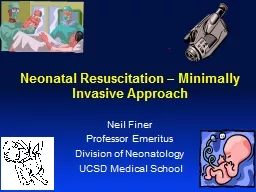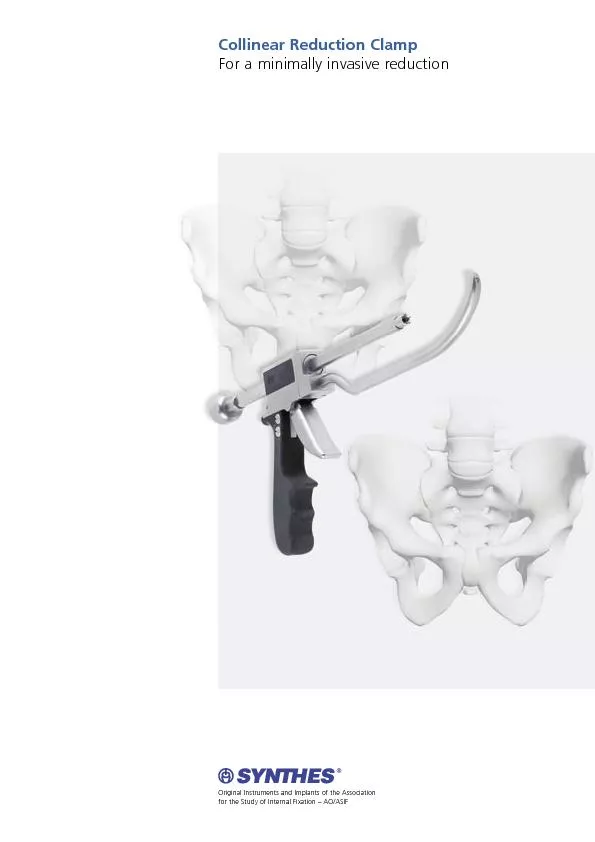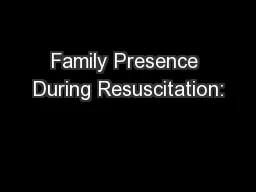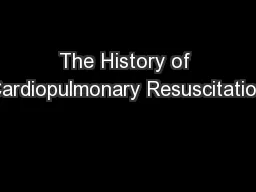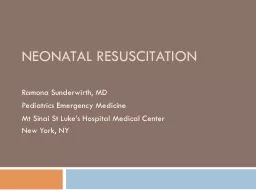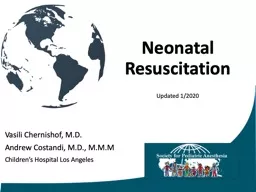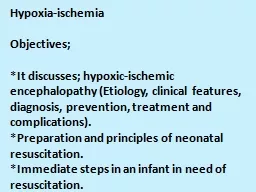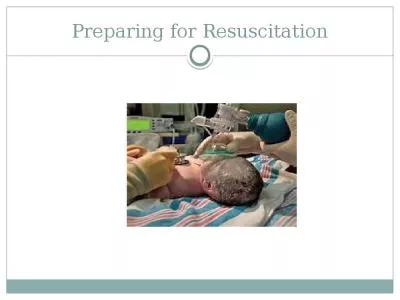PPT-Neonatal Resuscitation – Minimally Invasive Approach
Author : calandra-battersby | Published Date : 2016-03-02
Neil Finer Professor Emeritus Division of Neonatology UCSD Medical School Conflicts of Interest N Finer Dr N Finer is a paid consultant for Fisheramp Paykel One
Presentation Embed Code
Download Presentation
Download Presentation The PPT/PDF document "Neonatal Resuscitation – Minimally Inv..." is the property of its rightful owner. Permission is granted to download and print the materials on this website for personal, non-commercial use only, and to display it on your personal computer provided you do not modify the materials and that you retain all copyright notices contained in the materials. By downloading content from our website, you accept the terms of this agreement.
Neonatal Resuscitation – Minimally Invasive Approach: Transcript
Download Rules Of Document
"Neonatal Resuscitation – Minimally Invasive Approach"The content belongs to its owner. You may download and print it for personal use, without modification, and keep all copyright notices. By downloading, you agree to these terms.
Related Documents

